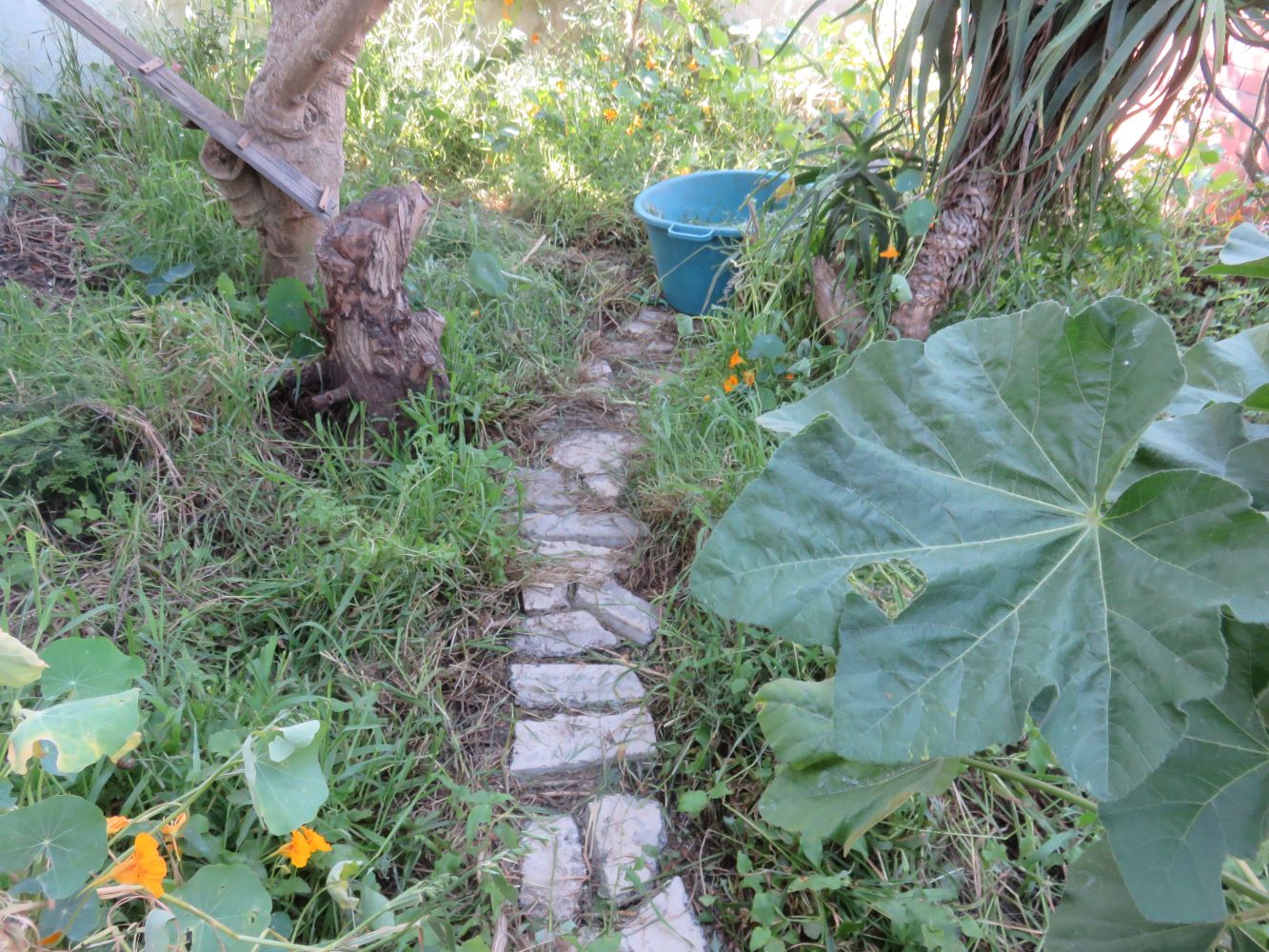Dear Reader, in this age of AI created content, please support with your goodwill someone who works harder to provide the human-made. Sign up at the top of the lefthand column or bottom of this page. You will receive my hand illustrated monthly newsletter RESTORE NATURE and access to the biodiversity garden design course as I write...and nothing else, I respect your time. I am also removing the advertizing as best I can as its become intrusive inappropriate and pays me nothing.
Increase soil fertility by clipping vegetation

6th October, 2020
Regenerative gardening activity 1. clipping
Regenerative agriculture is about building soil. Whereas conventional
agriculture and farming is based on a model which uses soil up, or
degrades it, and this is accepted in agricultural lore. This
necessitated the ancient practice of letting fields lie fallow to
'recover' from agricultural activity. On the other hand, regenerative gardening increases soil fertility the more you garden.
You do not need a farm to do regenerative agriculture. You can adapt it to the gardening scale, and rebuild soil on a tiny plot in the city.
In the city in a small garden we can't graze cows to help grow soil organisms, so I am replacing what the cows give.
This piece of garden had a forty species cover crop sown a few months ago. After a period of neglect the vegetation became lush and wild looking. Two days ago I started moving in with a cutter and cutting the grass back semi long. Basically I was removing the wild seed heads for the hot composter, and leaving the food grasses like wheat and oats.
The clipping is enough to stimulate the grass to grow and photosynthesize but it is not so short that the roots die back so much that the plant eventually dies. The photosynthetic activity causes sugars to be leaked into the ground and feed microorganisms, the essence of regeneration. I imitate the grazing of the cows with the clipping.
It may look like a mess to people stuck in the groove of conventional (and usually soil degrading) neat gardening, but there is more plan and more work in it than people think. It leaves me with a feeling of fullness and satisfaction, and the garden has become a very special regenerative place.
Don't worry... its going to grow food. But first I want to grow some really good soil !
Your first paragraph ...
Restore Nature Newsletter
I've been writing for four years now and I would love to hear from you
Please let me know if you have any questions, comments or stories to share on gardening, permaculture, regenerative agriculture, food forests, natural gardening, do nothing gardening, observations about pests and diseases, foraging, dealing with and using weeds constructively, composting and going offgrid.
SEARCH
Order the Kindle E-book for the SPECIAL PRICE of only
Prices valid till 30.09.2023
Recent Articles
-
garden for life is a blog about saving the earth one garden at a time
Apr 18, 25 01:18 PM
The garden for life blog has short articles on gardening for biodiversity with native plants and regenerating soil for climate amelioration and nutritious food -
Cape Flats Sand Fynbos, Cape Town's most endangered native vegetation!
Apr 18, 25 10:36 AM
Cape Flats Sand Fynbos, a vegetation type found in the super diverse Cape Fynbos region is threatened by Cape Town's urban development and invasive alien plants -
Geography Research Task
Jan 31, 25 11:37 PM
To whom it may concern My name is Tanyaradzwa Madziwa and I am a matric student at Springfield Convent School. As part of our geography syllabus for this
"How to start a profitable worm business on a shoestring budget
Order a printed copy from "Amazon" at the SPECIAL PRICE of only
or a digital version from the "Kindle" store at the SPECIAL PRICE of only
Prices valid till 30.09.2023







